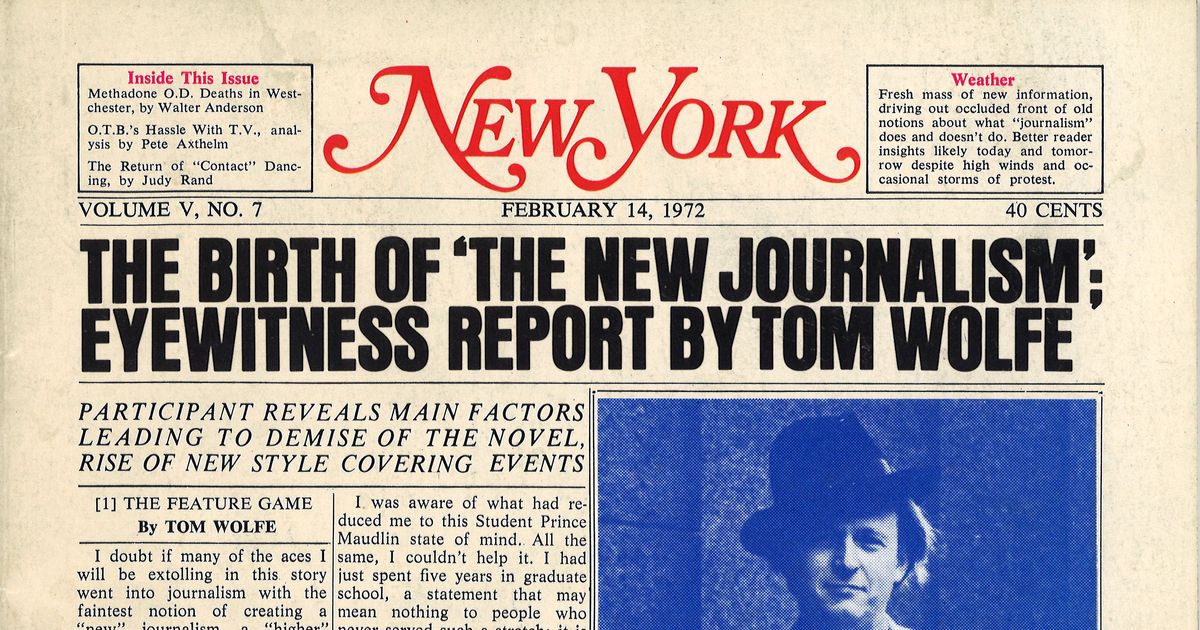All About News Articles
Table of ContentsThe Basic Principles Of News Articles 5 Simple Techniques For News ArticlesGet This Report about News ArticlesWhat Does News Articles Mean?3 Easy Facts About News Articles Shown
Good expertise of various topics offers pupils an one-upmanship over their peers. Even though digital and social networks are readily easily accessible, we ought to not forget exactly how important it is to check out the papers. Moms and dads have to try and inculcate the practice of reading a newspaper as a daily routine to proceed the heritage of the revered print tool.News stories likewise contain at the very least one of the adhering to crucial attributes relative to the designated target market: closeness, prominence, timeliness, human interest, quirk, or effect.
Within these limits, information stories also intend to be comprehensive. Amongst the bigger and much more recognized papers, justness and balance is a significant factor in offering info.
Newspapers with a global target market, for instance, tend to utilize a more formal design of writing. News Articles.; common design overviews consist of the and the US News Design Publication.
Some Ideas on News Articles You Should Know
As a rule, reporters will not utilize a lengthy word when a brief one will certainly do. They make use of subject-verb-object building and brilliant, active prose (see Grammar). They use stories, instances and metaphors, and they rarely depend upon generalizations or abstract concepts. News writers try to prevent utilizing the same word greater than as soon as in a paragraph (in some cases called an "echo" or "word mirror").
Headings in some cases leave out the subject (e.g., "Leaps From Boat, Catches in Wheel") or verb (e.g., "Cat lady fortunate"). A subhead (also subhed, sub-headline, subheading, caption, deck or dek) can be either a subservient title under the major heading, or the heading of a subsection of the short article. It is a heading that precedes the primary text, or a group of paragraphs of the main text.

Extra signboards of any of these types may appear later in the post (specifically on succeeding pages) to tempt further reading. Such signboards are also made use of as guidelines to the write-up in other sections image source of the magazine or website, or as ads for the item in various other publication or websites. Regular framework with title, lead paragraph (recap in vibrant), other paragraphs (information) and call information.

Instance of a hard-lead paragraph NASA is recommending another room task. The agency's spending plan demand, revealed today, consisted of a plan to send out another objective to the Moon. This time the agency wishes to establish a long-term center as Look At This a jumping-off point for various other room experiences. The budget plan requests approximately $10 billion for the task.
An "off-lead" is the second most essential front web page information of the day. To "hide the lead" is to start the write-up with history info or details of second relevance to the readers, requiring them to review even more deeply into a write-up than they ought to have to in order to uncover the essential factors.
Some Ideas on News Articles You Need To Know
Usual usage is that a person or 2 sentences each develop their very own paragraph. Journalists typically explain the organization or framework of a newspaper article as an inverted pyramid. The crucial and most interesting aspects of a story are put at the beginning, with sustaining information following in order of decreasing importance.
It allows people to explore a subject to only the depth that their inquisitiveness takes them, and without the charge of information or subtleties that they might think about unnecessary, but still making that details offered to a lot more interested visitors. The upside down pyramid structure likewise enables short articles to be cut to any type of arbitrary size throughout layout, to fit in the space offered.
Some writers start their tales with the "1-2-3 lead", yet there are numerous type of lead available. This style inevitably starts with a "5 Ws" opening paragraph (as defined over), adhered to by an indirect quote that serves to sustain a significant aspect of the very first paragraph, and after that a straight quote to sustain the indirect quote. [] A kicker can refer to multiple things: The last story current program; a "delighted" tale to finish the show.
Longer posts, such as publication cover articles and the pieces that lead the inside areas of a paper, are known as. Function stories differ from straight information in several means.
The 8-Second Trick For News Articles
The reporter typically details interactions with interview topics, making the piece extra individual. A function's initial paragraphs usually relate an intriguing minute or event, as in an "unscientific lead". From the details of an individual or episode, its sight quickly widens to generalizations regarding the tale's subject. The area that signals what a feature has to do with is called the or billboard.

The Editor's Toolbox: A Referral Guide for Beginners and Professionals about his (2001) Allan M. Siegal and William G. Connolly. The New York Times Manual of Design and Usage: The Official Style Overview Utilized by the Writers and Editors of the World's Most Reliable Paper (2002) M. L. Stein, Susan Paterno, and R.